Capacitors play a vital role in electronics, serving as energy storage devices in various applications. But how does a capacitor store energy? Understanding this fundamental principle can enhance your knowledge of circuits and devices. Capacitors store electrical energy in an electric field created between two conductive plates.
This process is essential in smoothing power supply fluctuations and providing bursts of energy when needed. Dive deeper into the workings of capacitors and learn how they impact modern technology. Let’s explore how does a capacitor store energy!
What Is A Capacitor?
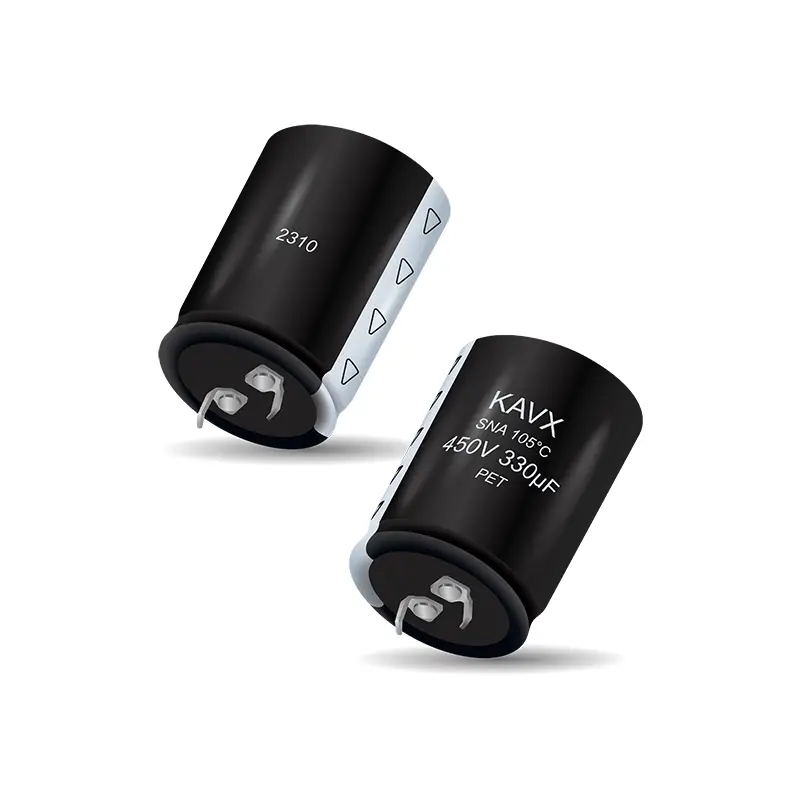
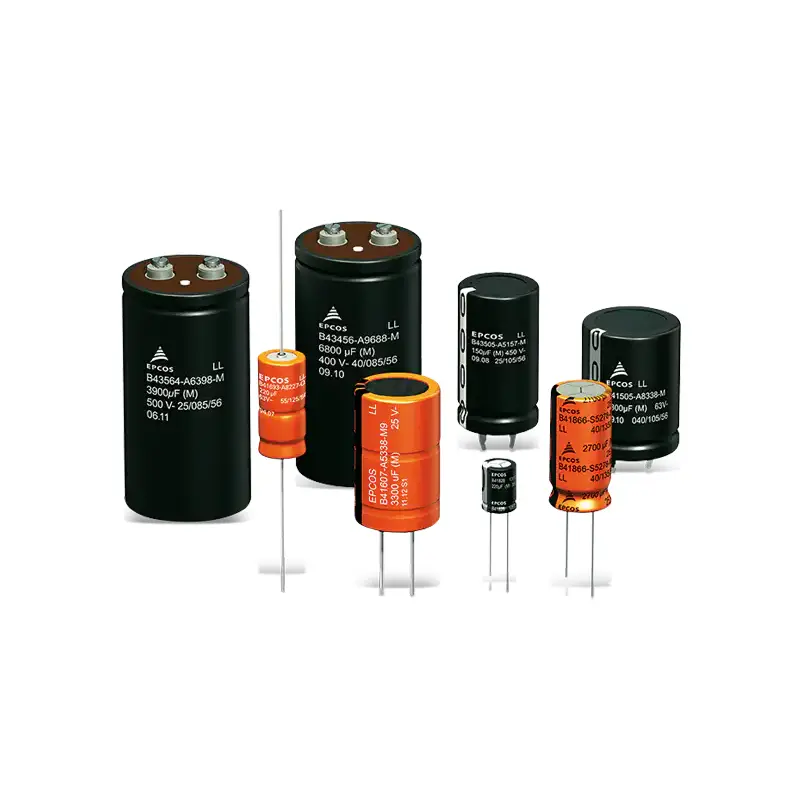
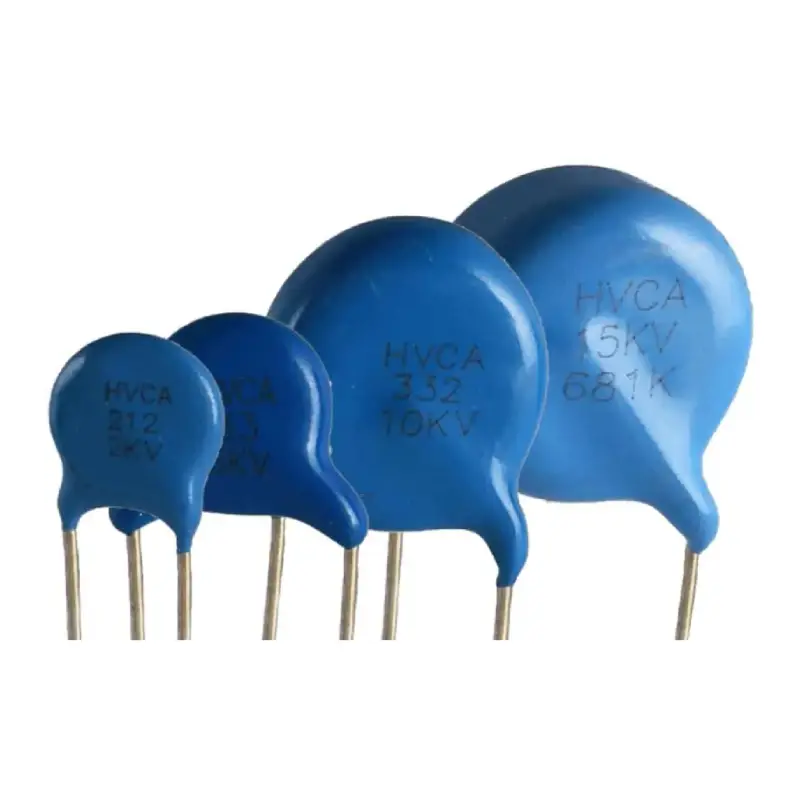
A capacitor is an essential electronic component that stores electrical energy for later use. It consists of two conductive plates that hold an electric charge, separated by a dielectric material that acts as an insulator.
This setup prevents direct current flow while allowing the storage of energy in an electric field. Capacitors come in various types: ceramic capacitors are small and stable, electrolytic capacitors provide high capacitance for power applications, and film capacitors are known for their reliability and durability in circuits.
How Much Energy is Stored in the Capacitor Network
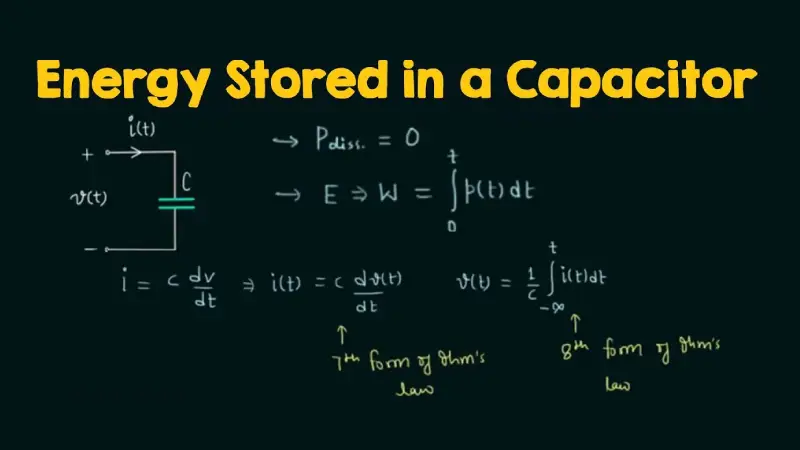
Capacitors are fundamental electronic components that store electrical energy in an electric field. When capacitors are connected in a network (either in series, parallel, or a combination), their overall energy storage capacity changes.
To determine the total energy stored within such a network, we need to calculate the equivalent capacitance of the entire network and the voltage across it.
1. Determine the Equivalent Capacitance (C_eq):
- Series Capacitors: 1/C_eq = 1/C1 + 1/C2 + 1/C3 …
- Parallel Capacitors: C_eq = C1 + C2 + C3 …
Since you mentioned “3 para”, I’ll assume you mean 3 capacitors in parallel.
Let’s assume the capacitors have the following capacitances:
- C1
- C2
- C3
Then, the equivalent capacitance (C_eq) for parallel capacitors is:
C_eq = C1 + C2 + C3
2. Determine the Voltage (V) across the Network:
- You’ll need to know the voltage applied to the capacitor network.
3. Calculate the Stored Energy (E):
- The formula for the energy stored in a capacitor is:
E = (1/2) * C_eq * V^2
Example Calculation:
Let’s say we have:
- C1 = 2 µF (microfarads)
- C2 = 3 µF
- C3 = 5 µF
- V = 10 Volts
1. Equivalent Capacitance (C_eq):
C_eq = 2 µF + 3 µF + 5 µF = 10 µF = 10 x 10^-6 F
2. Voltage (V):
V = 10 V
3. Stored Energy (E):
E = (1/2) * (10 x 10^-6 F) * (10 V)^2 E = (1/2) * (10 x 10^-6) * 100 E = 500 x 10^-6 Joules E = 5 x 10^-4 Joules E = 0.5 mJ (millijoules)
To give you a precise answer, please provide:
- The capacitance values of the three capacitors (C1, C2, C3).
- The voltage (V) applied across the capacitor network.
How Does A Capacitor Store Energy?
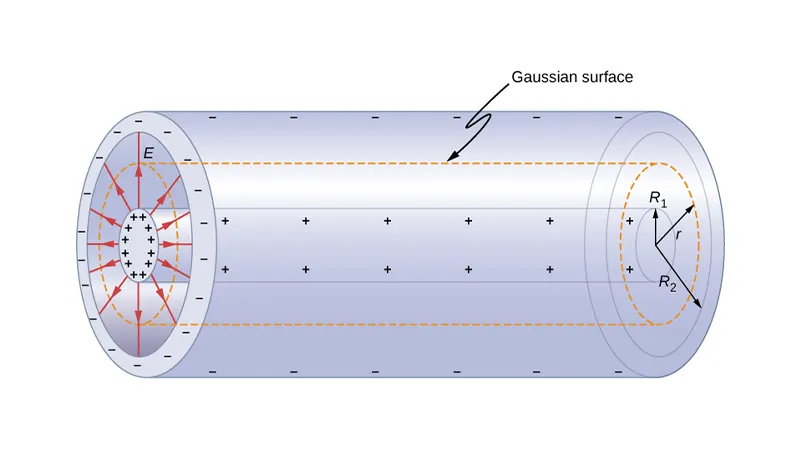
The Physics of Storage
How does a capacitor store energy? It relies on the concept of the electric field. An electric field is a region around charged particles where they exert force on other charged objects. In capacitors, this field forms between two conductive plates when voltage is applied.
As one plate accumulates positive charge and the other negative, the electric field develops between them. This field stores energy, allowing the capacitor to release it when needed. Understanding this principle is key to grasping how capacitors function in electronic circuits.
Charging Mechanism
When charging a capacitor, electrons accumulate on the conductive plates. The capacitor has two plates, one positive and one negative. When connected to a power source, electrons flow from the negative plate to the positive plate. This movement creates an electric field between the plates. As more electrons gather, the voltage across the plates increases.
Eventually, the capacitor reaches its maximum charge, known as the capacitance, and can hold energy until it’s needed in a circuit. Voltage plays a crucial role in charging a capacitor. It determines how much energy the capacitor can store.
The greater the voltage applied, the more electrons move to the positive plate. This relationship is directly linked to the formula for energy stored: E=1/2 CV² . Here, (E) represents energy, (C) is capacitance, and (V) is voltage.
| Component | Symbol | Description |
|---|---|---|
| Energy | E | Total energy stored in joules |
| Capacitance | C | Ability to store charge in farads |
| Voltage | V | Potential difference in volts |
Higher voltage increases the stored energy significantly, showcasing how voltage impacts the capacitor’s ability to store energy effectively. Understanding these concepts is key to grasping how does a capacitor store energy.
Capacitance Concept
Capacitance defines a capacitor’s ability to store energy, measured in Farads (F). A higher capacitance means a capacitor can hold more charge. Several factors influence capacitance. First, the plate area affects storage capacity; larger plates allow more electrons to accumulate.
How To Calculate The Energy Stored In A Capacitor?
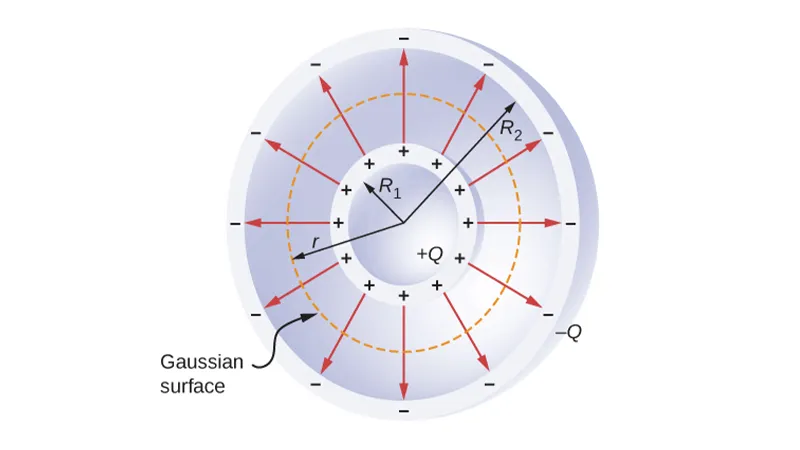
Calculating the energy stored in a capacitor involves using a simple formula derived from the relationship between voltage, charge, and capacitance. Here’s a step-by-step guide on how to do it:
Formula for Energy Stored In A Capacitor
The energy (E) stored in a capacitor can be calculated using the formula:
- E is the energy in joules (J),
- 𝐶 is the capacitance in farads (F),
- 𝑉 is the voltage across the capacitor in volts (V).
Steps to Calculate the Energy
- Determine the Capacitance (C):
- Identify the capacitance value of the capacitor, which is typically provided in microfarads (µF), nanofarads (nF), or picofarads (pF). If needed, convert this to farads .
- Measure or Obtain the Voltage (V):
- Measure the voltage across the capacitor using a voltmeter, or use the voltage value provided by the problem or datasheet.
- Apply the Formula:
- Plug the values of capacitance and voltage into the formula to calculate the energy.
How Do Capacitors And Inductors Store Energy?
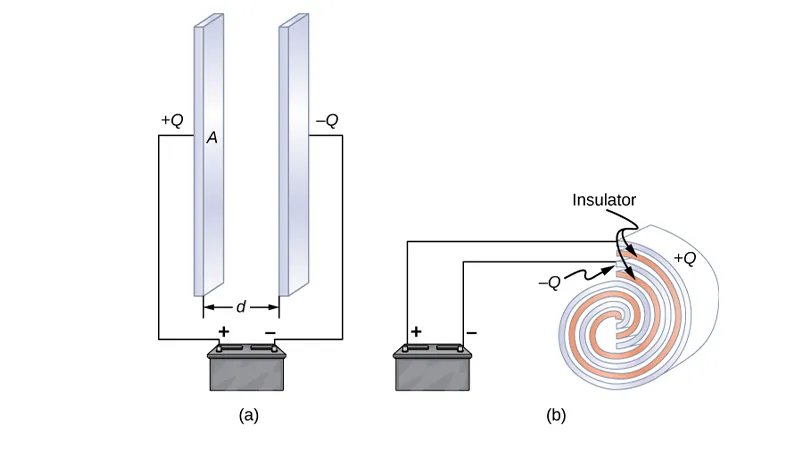
Now that we’ve described how capacitors store energy, let’s explain how inductors store energy.
Structure of an Inductor
An inductor typically consists of a coil of wire, which can be wound around a core made of magnetic material (such as iron) or simply air (air-core inductors).
Mechanism of Energy Storage
- Current Flow and Magnetic Field Generation:
- When an electric current flows through the coil of the inductor, it creates a magnetic field around the coil according to Ampère’s Law.
- The direction of the magnetic field follows the right-hand rule: if you wrap your right hand around the coil with your thumb pointing in the direction of the current, your fingers will curl in the direction of the magnetic field lines.
- Energy Storage in the Magnetic Field:
- The energy is stored in the magnetic field generated by the current flowing through the coil.
- As the current increases, the magnetic field becomes stronger, and more energy is stored.
- Inductive Reactance and Self-Induction:
- Inductors resist changes in current due to their property of inductive reactance.
- If the current through the inductor changes, the changing magnetic field induces a voltage (electromotive force, or EMF) in the coil that opposes the change in current (Lenz’s Law). This self-induction is a key characteristic of inductors.
| Aspect | Capacitors | Inductors |
|---|---|---|
| Form of Energy Storage | Store energy in an electric field created by separated charges | Store energy in a magnetic field created by current flow |
| Energy Dependence | Energy depends on voltage (squared) | Energy depends on current (squared) |
| Behavior in Circuits | Resist changes in voltage. When charging, the voltage gradually increases and then levels off as it approaches the supply voltage. | Resist changes in current. When current through an inductor changes, it induces a voltage opposing the change (Lenz’s Law). |
Different Uses of Capacitors and Inductors
- Capacitors: Used in applications requiring energy storage, smoothing out voltage fluctuations, filtering signals, and timing applications (RC circuits).
- Inductors: Used in applications needing energy storage in a magnetic field, filtering signals in power supplies, tuning circuits (LC circuits), and transformers.
How Do Capacitors Release Energy?
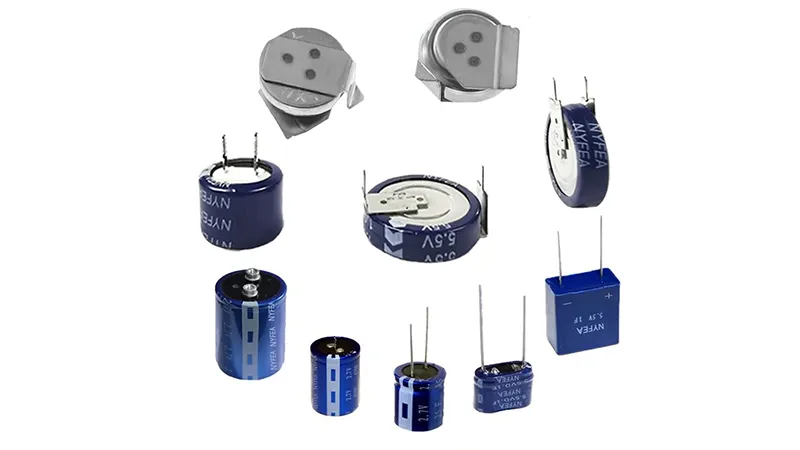
- Initial Conditions:
- Initially, the capacitor is charged and holds a certain amount of electric potential energy due to the separation of charges across its plates.
- Discharge Path:
- When a discharge path is established in the circuit (e.g., by closing a switch), the stored electric charge begins to flow out of the capacitor.
- This discharge path could be a resistor, an inductor, or any other component connected across the capacitor.
- Current Flow:
- As the charge starts flowing, a current is established in the circuit. The rate of discharge depends on the resistance of the discharge path and the capacitance of the capacitor.
- Voltage Decrease:
- As the charge leaves the capacitor, the voltage across its terminals decreases. This decrease in voltage is proportional to the decrease in stored energy.
- Energy Release:
- The electric potential energy stored in the capacitor is gradually released into the circuit in the form of current flow.
- This released energy can perform work in the circuit, such as powering a device or generating a magnetic field in an inductor.
How Long Can A Capacitor Store Energy?
The duration a capacitor can store energy depends on several factors, including the type of capacitor, the quality of its dielectric material, and external conditions like temperature and humidity. Here are the key factors affecting the energy storage duration of a capacitor:
Key Factors Affecting Energy Storage Duration
- Leakage Current: All capacitors have some amount of leakage current, which is the small current that flows across the dielectric even when the capacitor is not connected to a circuit. High-quality capacitors have lower leakage currents, allowing them to store energy for longer periods.
- Dielectric Material: The type and quality of the dielectric material used in the capacitor significantly affect its ability to store energy. Materials with high dielectric strength and low leakage current properties enable longer storage durations.
- Capacitor Type: Different types of capacitors (e.g., electrolytic, ceramic, film, supercapacitors) have varying storage capabilities. For instance, supercapacitors can store energy for extended periods compared to traditional electrolytic capacitors.
- Environmental Conditions: Temperature and humidity can affect the leakage current and overall stability of the capacitor. Higher temperatures typically increase the leakage current, reducing the storage duration. Humidity can also impact the dielectric material, especially in capacitors not sealed properly.
- Aging and Degradation: Over time, capacitors can degrade due to chemical reactions within the dielectric or other internal components. This degradation increases leakage currents and decreases the capacitor’s ability to hold a charge for long periods.
Practical Storage Durations
- Electrolytic Capacitors: These capacitors, commonly used for power supply filtering, can typically hold a charge for several minutes to hours, depending on the leakage current and environmental conditions.
- Ceramic and Film Capacitors: These capacitors have lower leakage currents and can store energy for a longer period, ranging from hours to days.
- Supercapacitors: Supercapacitors, known for their high capacitance values, can store energy for weeks or even months, making them suitable for applications requiring long-term energy storage.
Estimating Storage Duration
While it is challenging to provide an exact storage duration for all capacitors due to the influencing factors, the following general guidelines can help estimate the storage duration:
- Low-Leakage Ceramic or Film Capacitors: Days to weeks.
- Electrolytic Capacitors: Minutes to hours.
- Supercapacitors: Weeks to months.
Conclusion
In conclusion, understanding how a capacitor stores energy is essential for grasping its role in electronics. Capacitors utilize electric fields, charging mechanisms, and capacitance to store and release energy effectively.
From the principles of energy storage to the various types and applications, capacitors are integral components in countless devices. Their ability to manage energy makes them vital in power supplies, signal processing, and more. If you need quality capacitors for your projects, quote Capacitor from us today!